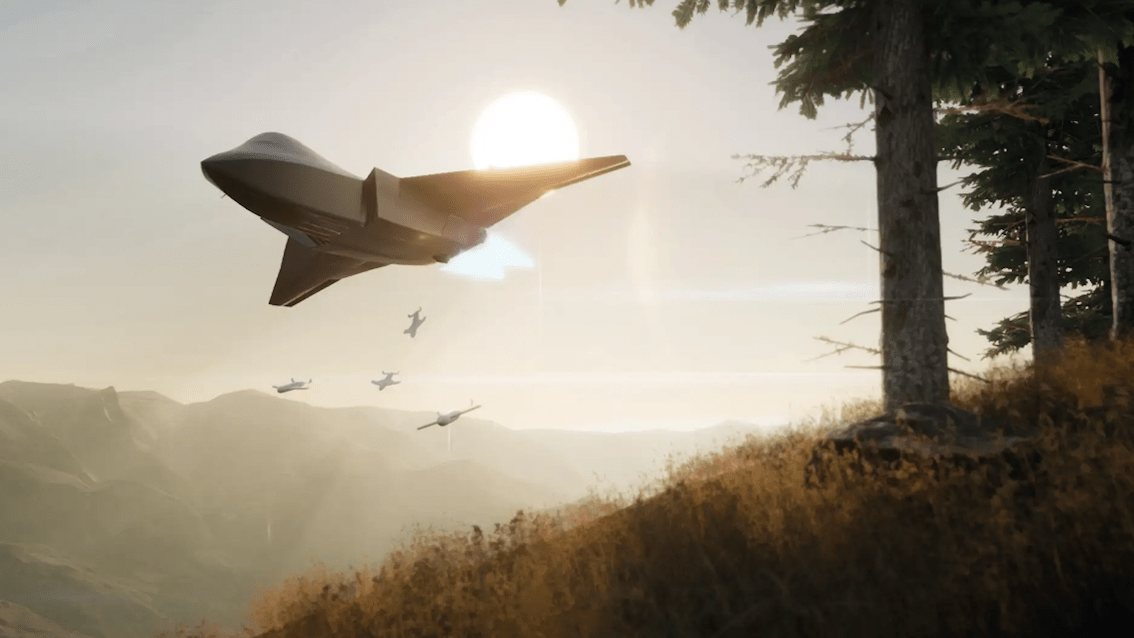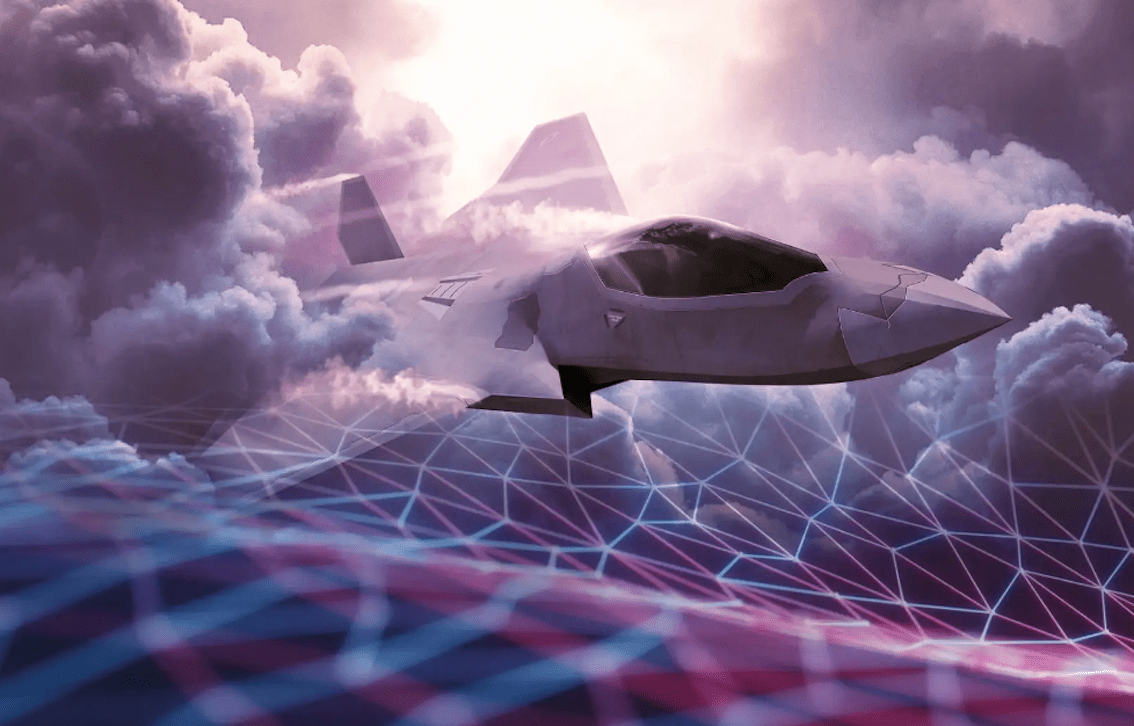Concepts are being developed, whereby a 'virtual co-pilot' could take on some of the pilot’s responsibilities
Imagine, you’re flying in a combat situation, at night, somewhere in the Mideast, when suddenly you come under attack.
You’re busy flying the plane, trying to avoid enemy Russian missiles, and you call on your co-pilot for help, to handle jamming and possibly weapons control.
But your co-pilot is not really there — not in the real sense. He is, in fact, an avatar. A talking, capable and effective avatar, who is “virtually” there.
Thankfully, he takes control — missiles are fired at a ground station, destroying it. Mission accomplished.
This may sound like something from the future, but it is now being considered for Britain’s ambitious Tempest next-generation fighter program, The War Zone reported.
Team Tempest — which includes a group of leading British defense aerospace companies, helmed by BAE Systems — is using new technologies with the aim of making revolutionary strides in the way combat aircraft are developed and fielded.
Initial concepts have been evaluated, including testing cutting-edge “wearable cockpit” technologies, which could replace physical controls with Augmented and Virtual Reality displays projected directly inside the visor of a helmet.
“Concepts including human-autonomy teaming are also being developed, where a “virtual co-pilot” could take on some of the pilot’s responsibilities, The War Zone reported.

According to BAE Systems, the virtual co-pilot could, for example, take the form of an “avatar” able to interact with the pilot.
Could the avatar take over the controls and land it, should the pilot become incapacitated? Nobody knows, but it’s possible.
The company has also been trialing “psycho-physiological” technologies, including eye-tracking, to study the operator’s physical and cognitive processes to better understand aircrew exertion, stress, workload, and fatigue, The War Zone reported.
Tempest — a technology and defense partnership — was launched in 2018 in a bid to produce a sixth-generation “system of systems” air combat capability, with a new stealthy six-generation fighter as the centerpiece.
It also includes Italian defense contractor Leonardo, European missile consortium MBDA, British engine manufacturer Rolls-Royce, and the UK Royal Air Force (RAF), as well as hundreds of other high-tech companies, as part of a growing industrial base.
The United Kingdom has already committed £2 billion, or almost $2.6 billion at the current rate of exchange, to Team Tempest, which aims to see manufacturing begin by 2025, with a “combat air system” reaching operational capability by 2035, The War Zone reported.
Meanwhile, Leonardo has disclosed that it is developing new radar technology for Tempest.
The Multi-Function Radio Frequency System (MRFS) is designed to collect and process unprecedented amounts of data — equivalent to “the internet traffic of a large city.”
MRFS is supposedly designed to work beyond the boundaries of a traditional radar, with digital technology providing the operator with a clear view of the battlespace and of potential targets, “helping it win the information war.”
Engineers from British aircraft giant Rolls-Royce are also evaluating advanced engine technology for Tempest, The War Zone reported.

The company says the engine will burn hotter than previous systems, thereby increasing efficiency.
Thermal management of the Tempest fighter will be critical, and the company is working with Leonardo to help deal with the heat generated by the plethora of onboard sensors and avionics by directing this back into the engines for cooling, The War Zone reported.
Rolls-Royce’s Phil Townley says the hotter the engine, the more efficient it becomes. “We get less carbon dioxide and bring emissions down.”
Behind Tempest lies an ethos of flexibility, capability, affordability, and upgradeability, a BAE Systems official said.
While it will have a combat aircraft at its core, it will be a connected network of capabilities — a mix of piloted and unpiloted platforms.
The exact scope of this is still to be revealed, but it could include follow-on efforts to the current Lightweight Affordable Novel Combat Aircraft (LANCA) program, and other RAF swarming drone initiatives, The War Zone reported.
For weapons manufacturer MBDA, it says Tempest could include “electro-magnetic effects and laser weapons.”
The company’s Mike Mew says it aims to make integration of new weapons far easier and less costly. It could be “as simple as plugging a USB stick into your computer.”















